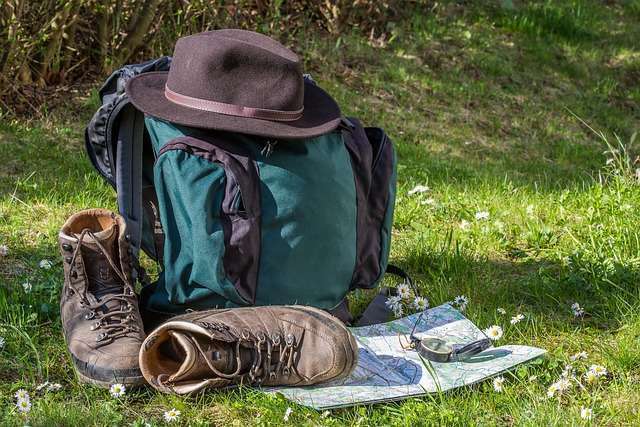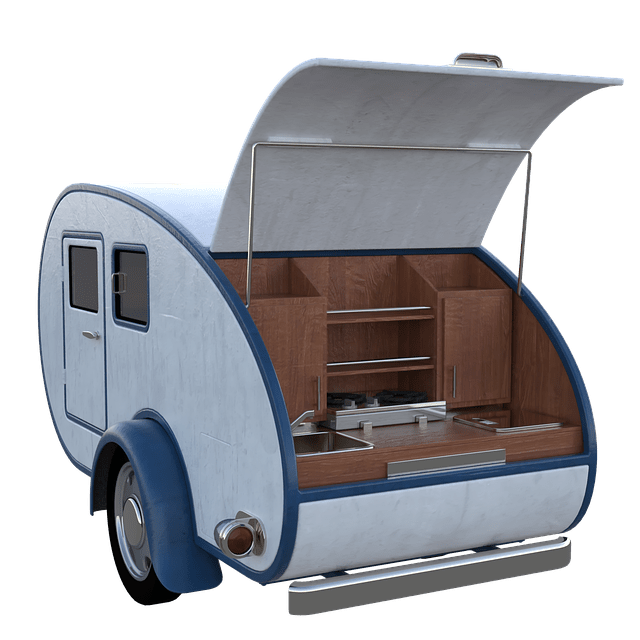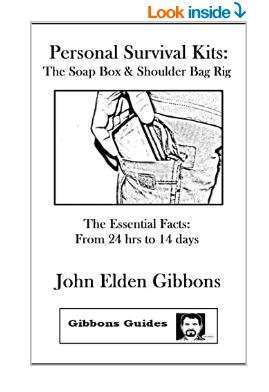#18 Bug Out Ideas
This woodfolks.com blog post is all about bug out. The term bug out was made popular as a military term: “to flee in panic”. Leave quickly due to a dangerous situation.
In this post we will look at three types of bug out plans:
The personal Cary Bag or Kit: Usually 72 Hours. This is primarily for a person or family that needs to get
away from some thing disaster based. It takes the form of a pack, Tote, 5 gallon pail (s) that are pre packed and ready to roll. My son attended a scout camp in Vt many years ago that had flooded. The scout master required all personal gear be packed or fit into a plastic tote during all future scout camp trips. Smart move by an exceptional leader. Grab and go waterproof containers. Simple put them in the back of a pick up or trailer and the group is out in under 20 min. The Cook gear was kept in a Chuck box. Easy take down and transport.
Warning: I can not guarantee that any of the ideas on this page will be guaranteed to keep you safe. Your skill, Health and Ability (with luck) will determine your safety.

Names for Bug Out Kits:
- An emergency kit
- Disaster bag
- Bug-out bag (BOB)
- 72-hour kit / Bag
- GOOD bag (get out of Dodge)
- Personal emergency relocation kit (PERK)
- Go-bag,
- Survival backpack
- Quick run bag (QRB)
Survival Kits:
Survival kits are designed to get you through 24-48 hours and are on you at all times on a trip.
Basic Simply Carrying:
Check local laws before going in to any public building or space with this gear.
- Lighter
- Pocket Knife
- Cell Phone
- Poncho
- Combo survival tool ( compass, match safe, ferro rod, small mirror, whistle, 2′ paracord lanyard)
- Stainless steel military style water bottle (single walled, no paint ) – Something with a strap or cover with a military style canteen cup.
- Wrist watch
I would also add the soap box survival kit:
Vehicle Bug Outs
SUV’s or cars can be a simple bug out vehicle. Loaded with totes or 5 gal pails of supply’s, camping gear, food and water. Big down side fuel. Any vehicle bug out plans should carry personal bug out bags. as part of the overall plan. The Down side: FUEL requirements, cash needed and range. Consider adding bikes or e-bikes to the vehicle set.
The next level of “bug out” for a person or family is a bug out RV, trailer, camper, pop-up camper trailer, van, tear drop trailer, utility trailer. I have had a camper for most of my adult life. These can be staged on a piece of property to create a bug out location or camp.

Bug Out Boats
Bug out boats can be thought of in three levels:
- The Small Boat: Inflatables, Canoes, Row boats: with or without motors.
- Medium size Boats with or without cabins for lakes or coastal use, Speed boat or sail boats, fishing boats.
- Blue water, Long term Living or House Boats. Boats that you can live in or travel out of the country.
A Bug Out Camp
This can be a location you own, rent or have scouted out as a “safe location to land”. This can serve as a meet up location. It can also be a place that has stashed supplies and equipment. A storage shed, a stash of gear in a 55 gal barrel or two. I know of a small group that rent a commercial storage unit. This group keeps an older RV camper / motorhome in the unit.
In my Book “Rockbottom Survival Skills”, I talk about:
The “Triangular Lifestyle”.
Own a Truck or SUV – Have or rent a seasonal camp in the eastern U.S. (put a large camper on this site) This is the summer part of the triangle. Next, Pack up the summer site. Get out by Columbus day weekend. Travel to a site in the west. Spend 2-3 month at this location (From Oct to the First part of February). I consider events in specific areas. Hunting seasons, Large Flee markets, Christmas, New Years or any other special event. Finally, I would head to a location in the south for the rest of the season. I would consider living on a tailorable boat for this leg. Get out before hurricane season and head back east. I planned on going just before or after Memorial day weekend. Never travel on holidays if you can help it. The big question: How are you going to fund that? Sounds great for a retired person, digital nomad or a working traveler (construction) not great for a family. If you had a seasonal income in each area you could pull this off. You cold also minimize and make enough cash for the year during one leg of the trip and take the other times off.
Some Jobs that could aid in this plan:
Claims adjutor
Construction
Lawn Care / Arborist
Grounds Keeper
Mobil Kitchen
Digital Nomad – Affiliate marketing
Tax Preparation / Remote book keeper
Substitute Teacher
Ski Instructor / Worker
Working at resorts seasonally
Outdoor Guide
Seasonal Boat Hand or Captain
